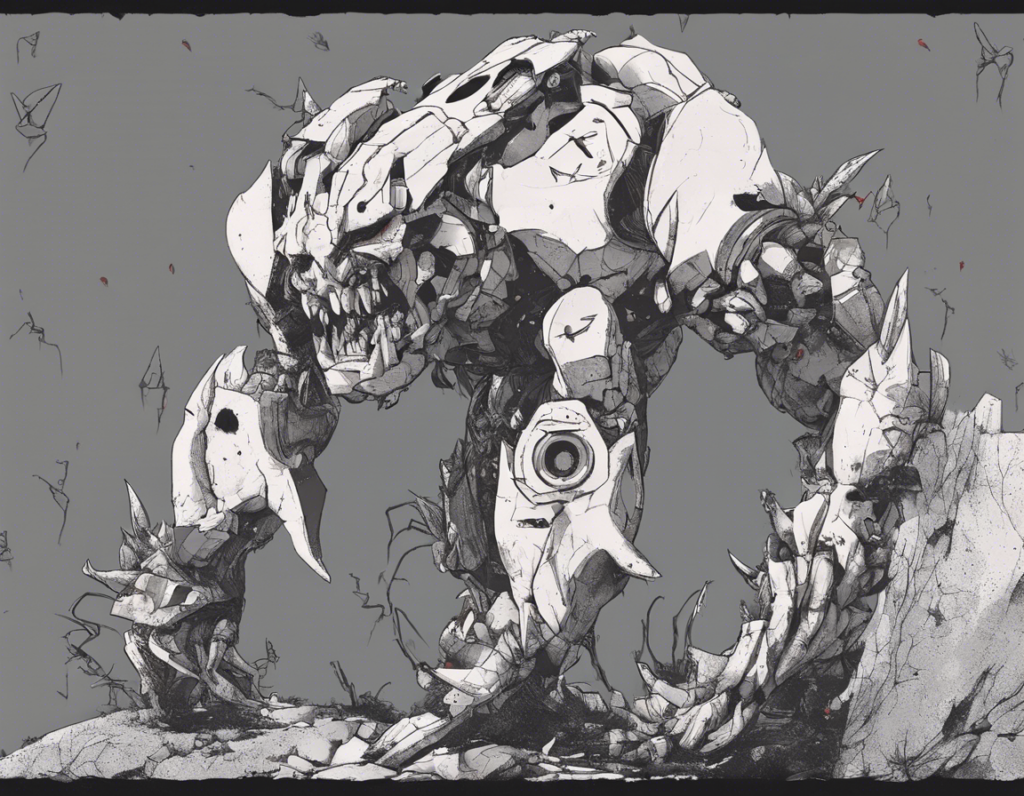
Introduction
In the realm of cinema, there are certain films that transcend the screen and become ingrained in the cultural consciousness. One such movie that has achieved cult classic status is “Crakk”. Released in 2003, this indie film has garnered a dedicated following and continues to capture the hearts of audiences around the world. Let’s delve into the legacy of “Crakk” and explore what makes it a standout in the world of independent cinema.
The Storyline and Characters
“Crakk” follows the journey of a young artist named Alex, portrayed by newcomer Mia Johnson, as she navigates the gritty streets of a fictional city. The film delves into the complexities of addiction, identity, and self-discovery, offering a raw and unflinching portrayal of urban life. Alongside Alex are a cast of nuanced characters, each grappling with their demons and searching for redemption. From the enigmatic drug dealer to the compassionate social worker, every character in “Crakk” adds depth and richness to the narrative.
The Filmmaking
What sets “Crakk” apart from mainstream blockbusters is its aesthetic and narrative choices. Director Xavier Rodriguez opted for a gritty and realistic visual style, eschewing glossy production values for a more authentic feel. The use of handheld cameras, urban settings, and natural lighting creates a sense of immediacy and intimacy, drawing viewers into the world of the film. The soundtrack, featuring a blend of hip-hop, R&B, and indie tracks, further enhances the emotional resonance of the story.
Themes and Symbolism
At its core, “Crakk” is a meditation on the human experience, tackling themes of addiction, trauma, and resilience. The title itself serves as a powerful symbol, representing the cycle of destruction and redemption that defines the characters’ journeys. Through symbolism and metaphor, the film invites viewers to reflect on their own lives and struggles, resonating on a deeper emotional level.
Cultural Impact
Despite its limited release and modest budget, “Crakk” has left a lasting impact on indie cinema and audiences alike. The film has inspired fan communities, analyses, and even academic studies on its narrative and aesthetic choices. Its influence can be seen in a new generation of filmmakers who seek to capture the rawness and authenticity of urban life on screen.
Legacy and Future
As we look to the future, the legacy of “Crakk” continues to shine bright. The film serves as a reminder of the power of independent cinema to challenge norms and provoke thought. It stands as a testament to the vision and passion of its creators, who crafted a timeless and unforgettable work of art. “Crakk” may have been released almost two decades ago, but its impact is everlasting.
Conclusion
In the pantheon of cult classics, “Crakk” stands out as a shining example of the power of independent cinema. Through its raw storytelling, authentic characters, and gritty aesthetic, the film has captivated audiences and critics alike. Its legacy continues to inspire filmmakers and viewers around the world, solidifying its place in cinematic history. “Crakk” may be a hidden gem, but its influence is undeniable and timeless.